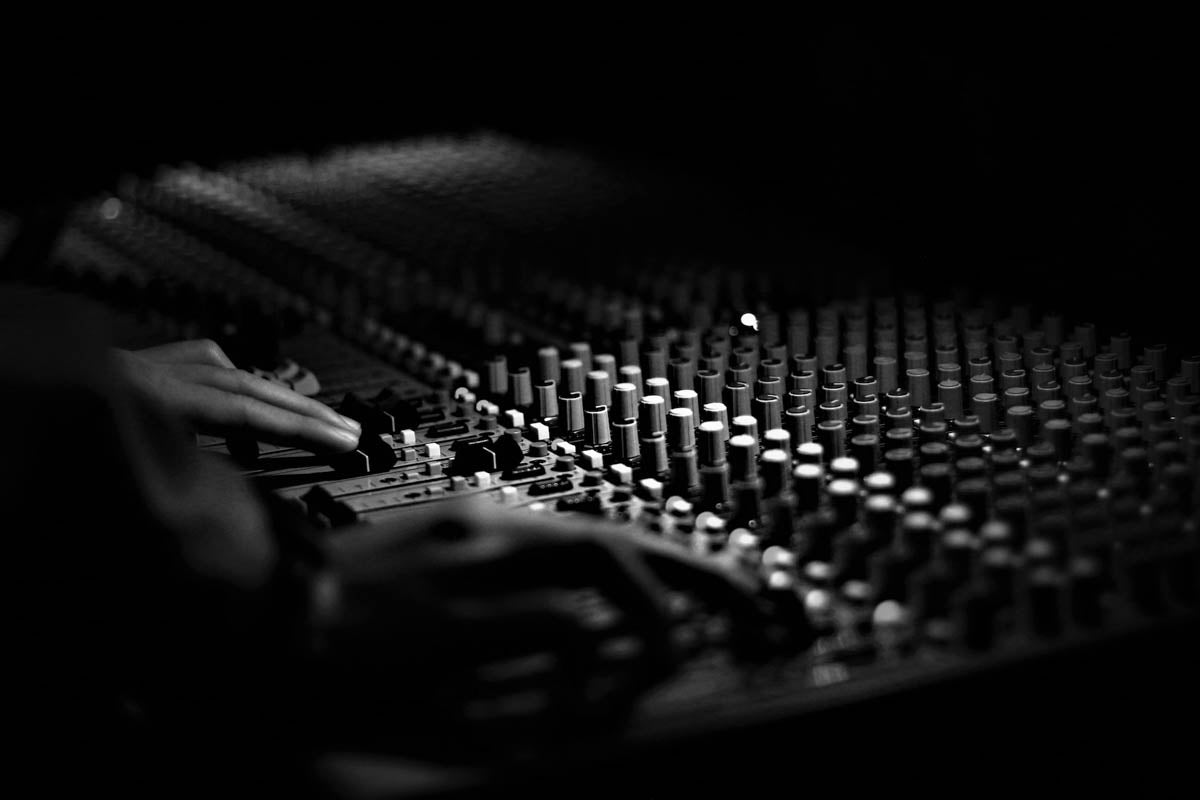What we think...
Product Description
USED Canon RF 24-105mm F4-7.1 IS STM Lens (SH40779)
Excellent condition.
Boxed with the front and rear cap.
Capture the best of every day Enjoy all the benefits of the full frame EOS R system, everywhere – this versatile, compact 24- 105mm lens with its powerful optical Image Stabilizer gives you the confidence to capture your world, stills and movie, day and night.
Next-generation imaging - Full frame quality, superb 5-stop optical Image Stabilizer, fast, smooth AF and a combined focus and Lens Control Ring for intuitive, customised control over camera settings.
Versatile full frame image quality - See the whole story; epic vistas, tiny detail, striking portraits and candid moments. Shoot at 13cm with 0.5x Centre Focus Macro, stay handheld with 5-stop optical IS.
Great for stills and movies - Track subjects and achieve smooth, natural focus when shooting movies thanks to the quiet STM motor that makes this lens ideal for stunning photos and video.
An ideal everyday lens - One lens, but many possibilities. Thanks to a lightweight and compact design at just 395g, it’s a practical zoom from which to start your full frame mirrorless journey.
- 24-105mm - Versatile focal range
- 5-stop optical IS - Advanced image stabilisation
- STM motor - Fast focusing for stills, super smooth for movies
- Compact size - 88.8mm when stowed
- Focus and Lens Control Ring - Control settings and focus
Payment & Security
Your payment information is processed securely. We do not store credit card details nor have access to your credit card information.

















